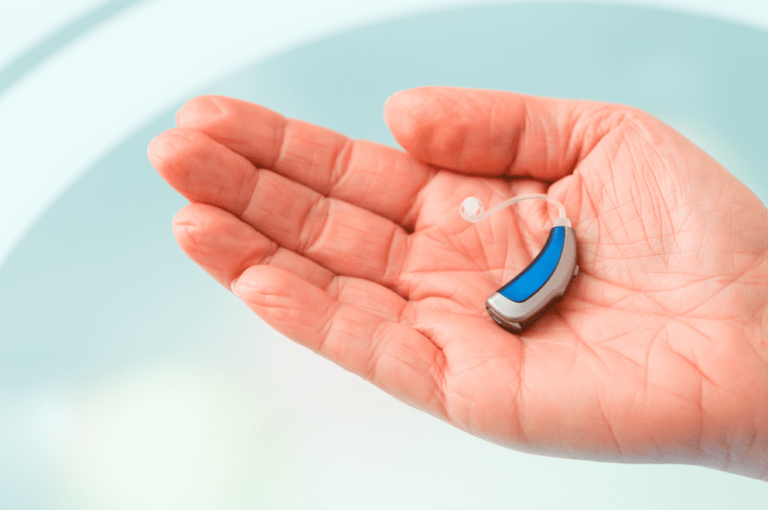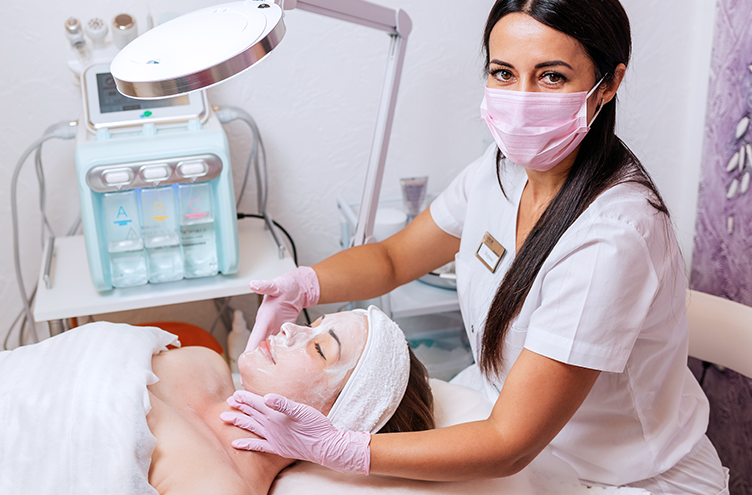About one in eight women in America gets diagnosed with breast cancer every year, making it the most common cancer diagnosis in the country. It is also the second leading cause of death in women after lung cancer. While the statistics can be scary, it is noteworthy that early detection can significantly increase your chances of survival.
Early detection at a mammography screening clinic and prevention are keys to survival when it comes to diseases and treatment. But, there are so many questions that the majority of women need answers to. One of the major debates and topics of confusion is the age when you can stop getting routine mammograms without the fear of breast cancer.
How often should you get a mammogram screening?
When it comes to mammogram tests, there are a number of questions that one might have. One of the most common ones is how often you should get a mammogram and what age you should start. While the risk factors for every woman will indicate different required frequencies for testing, the average woman should get tested at least once or twice a year.
If you have a family history or are a high-risk individual, you should get tested regularly from the age of 40. The risk of developing breast cancer declines significantly once you hit the age of 65, but biannual checkups are still recommended after that.
At what age should all women start getting mammograms?
The age from which women should start getting mammograms may vary from one person to the other. For women with no family history or symptoms, it is recommended that they begin at 40. However, if you fall in the high-risk category, you should consult your physician about getting a referral for a screening.
Women getting diagnosed with breast cancer under 40 is pretty rare in the United States. Only 4% of women under the age of 40 get diagnosed with the disease. Therefore, while the numbers are low, they are there. These women are majorly high-risk individuals with family history and obvious symptoms.
When should you stop getting mammograms?
Your chances of getting breast cancer decline after the age of 60. Research shows that women can switch to getting tested once every two years once they hit the age of 55. Women who surpass 75 can stop going for mammograms altogether as the risk completely declines.
There is no scientific research that provides tips and strategies on how to avoid breast cancer. But you can help yourself by getting diagnosed early. Book an appointment today.










